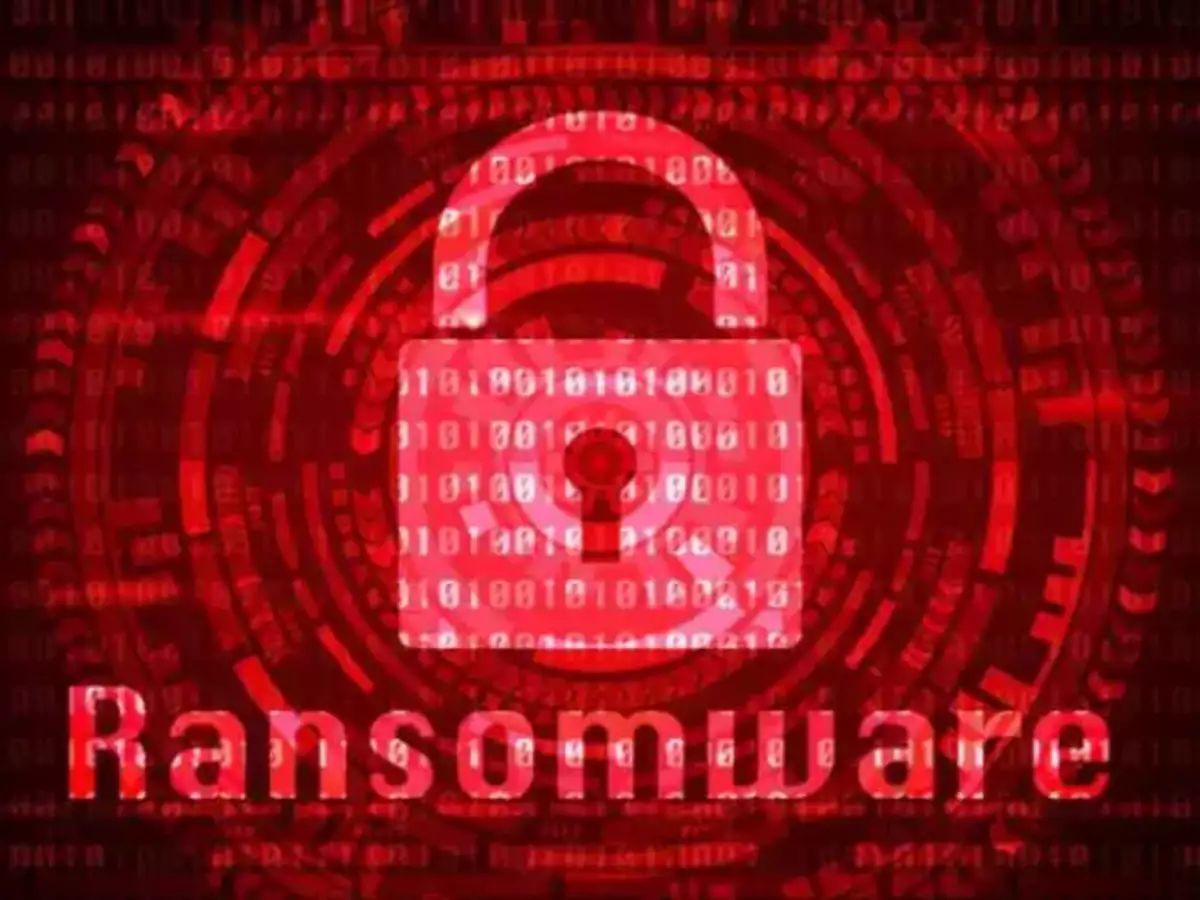Ransomware attacks continue to be one of the most pressing cybersecurity threats of our time. These attacks, which encrypt files and demand a ransom for their release, can cripple businesses, compromise sensitive data, and incur substantial financial losses. The key to mitigating the damage caused by ransomware is early detection, which is where Indicators of Compromise (IoCs) come into play.
IoCs are evidence-based clues that security teams can use to identify, track, and respond to potential intrusions or malware infections. Below, we explore some of the key IoCs for detecting ransomware on endpoints, helping businesses enhance their security posture and respond quickly to threats.
1. File Hashes as Indicators of Compromise
Ransomware typically encrypts or modifies files on a compromised system, changing the files’ unique hash values. Hash values, such as MD5, SHA-1, or SHA-256, serve as digital fingerprints for files. When ransomware encrypts a file, its hash changes, and this unique change becomes a valuable IoC. Security teams can use these altered hash values to:
- Pinpoint compromised or encrypted files,
- Identify the extent of ransomware activity, and,
- Strengthen response measures by isolating affected files.
Example
If a security tool detects multiple files on an endpoint with hash values that deviate from their baseline, it could be early evidence of a ransomware attack.
2. Suspicious Processes and Services
Another tell-tale sign of ransomware is the presence of unexpected processes or services running on an endpoint. Ransomware often executes itself as a process to perform actions such as scanning files, encrypting data, or communicating with external servers.
Monitoring for suspicious or unrecognized processes and services is critical in detecting ransomware operations. Key red flags include:
- Processes consuming unusually high CPU or memory,
- Services attempting to access large numbers of files rapidly, and
- Processes with unusual names that don’t align with legitimate applications.
Example
A process named “XYZupdate.exe” running unexpectedly may trigger suspicion. Further analysis might reveal its true intent, such as encrypting local files.
3. Unusual Network Connections
Ransomware often communicates with external control servers, commonly referred to as command-and-control (C2) servers. These communications are used to transmit instructions to the malicious software, exfiltrate data, or send ransom demands back to the attackers.
By carefully monitoring network traffic and connections, organizations can identify and block potential ransomware communications. Look out for:
- Unusual outbound traffic patterns,
- Connections to suspicious or unverified IPs or domains,
- The use of uncommon network protocols or high numbers of outbound requests.
Example
If an endpoint suddenly connects to an unfamiliar IP address in a foreign country and begins transferring encrypted data, it could indicate ransomware activity.
4. Modified or New Registry Keys
Ransomware often modifies or creates new registry keys to ensure persistence on a compromised endpoint. Registry keys are integral to the operation of Windows systems, and malicious software may exploit them to:
- Automatically execute upon system startup,
- Run hidden processes, or
- Maintain access after other malware components have been removed.
Monitoring registry changes provides an important layer of visibility into potentially malicious behavior.
Example
The creation of a registry key under `HKEY_CURRENT_USER\Software\RandomName` to launch an unknown program could warrant further investigation.
5. Unusual File Extensions
Many ransomware variants add specific or unique file extensions to the original filenames they encrypt. These extensions are often clear indicators that a system has been compromised. For instance, if a file named `example.docx` is suddenly renamed to `example.docx.locked` or `example.docx.encrypted`, this is a strong indicator of a ransomware attack in progress.
These file extensions can serve as IoCs for identifying which ransomware strain is responsible for the attack. Security teams can look up these extensions in threat intelligence databases to confirm the ransomware type and determine a tailored response strategy.
Example
If most files on an endpoint are found with extensions like `.darkweb` or `.paycrypt`, it identifies the nature of the infection and implies a ransomware attack specific to that strain.
Important Notes on IoCs
It’s essential to recognize that no IoC is one-size-fits-all. The specific IoCs for ransomware can vary based on:
- The type of ransomware deployed (e.g., WannaCry, LockBit, or DarkSide).
- The method of delivery (e.g., phishing emails, exploit kits, or remote access tools).
Therefore, monitoring must be adaptive and integrated with up-to-date threat intelligence. Combining IoCs with behavior-based detection and proactive monitoring creates a robust defense against ransomware attacks.
Final Thoughts
Ransomware is a constantly evolving threat, but by closely monitoring Indicators of Compromise, organizations can increase their chances of detecting and responding to ransomware attacks before significant damage occurs. From analyzing file hashes to identifying suspicious processes, understanding these IoCs equips cybersecurity teams with the tools needed to protect systems, data, and workflows.
If your organization is looking to strengthen its ransomware defense, consider adopting advanced security solutions tailored to monitor these IoCs and provide real-time alerts. Early detection could be the difference between a minor security incident and a costly data breach.





